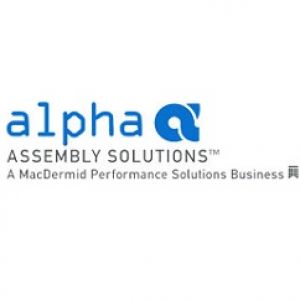Equipment Required to Liquid Solder Printed Circuit Boards
Posted by Alphaassembly on January 27th, 2017
Due to the shift in soldering techniques and decline in need for through-hole devices, many new types of soldering equipment for PCB assemblies have been introduced in the last few years. Knowing which equipment to use for certain soldering applications will ensure a successful and efficient PCB for modern electronic devices. Liquid solder, for instance, is one of the commonly used fluxes for selective applications. A liquid soldering flux may increase yield and throughput, while adding value to the selective soldering process. The following are the different equipment required to liquid solder circuit boards:
• Soldering iron – Look for an ESD (electrostatic discharge) safe, high-power, and temperature-controlled soldering iron. It can be handy in soldering electrical components into PCBs for extended hours, and it is versatile for basic to complex projects. Temperature control lets you adjust the heat on the tip to suit the job requirement and achieve the right temperature for the liquid solder to work.
• Solder wire – Solder wires are made of different alloys, and it is important to choose the right combination of alloys for liquid soldering PCBs. 60/40 (60 percent tin and 40 percent lead) is the most commonly used solder wire. While using a solder wire with tin lead alloy, make sure that the area is properly ventilated, use a soldering iron that comes with a vacuum attachment, and wear a mask to prevent the inhalation of toxins. Alternatively, you can go for lead-free alloys that require higher soldering temperatures. They contain 96.5 tin and 3.5 percent silver, a combination that is safe and will produce a successful joint with reduced electrical resistance.
• Clamps – Electrical components are typically small, so you may need needle-nosed pliers, tongs, and tweezers to keep them in place during the soldering process. Some stands or clamps can hold the board in place, too.
• Microscope – Some applications, like microsoldering, may also require a microscope. clearly see the components that are too small.
• Liquid soldering flux – Choose a liquid soldering flux that is suitable to the conditions of the selective soldering process. Suppliers should be able to recommend or guide you through the types of liquid soldering fluxes they carry for 1.6mm and 2.4mm boards.
About the Author:
Alpha Assembly Solutions Inc. is a premier company engaged in the development and manufacture of high quality electronics assembly materials. Since the year of its inception, way back in 1872, the company has played its role on the frontline of innovation, bringing many first-to-market products to the fore thereby, creating a premier niche for itself in the market.


